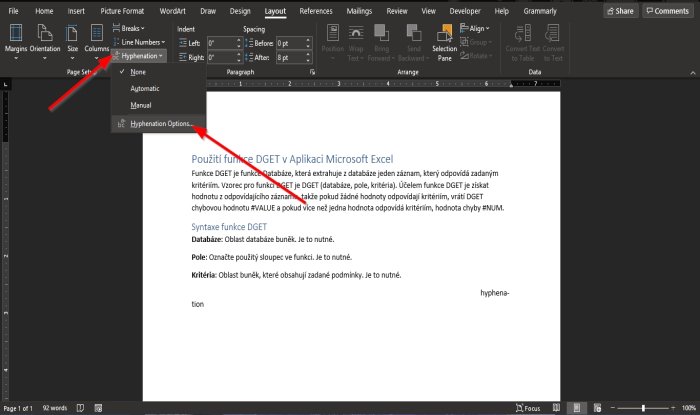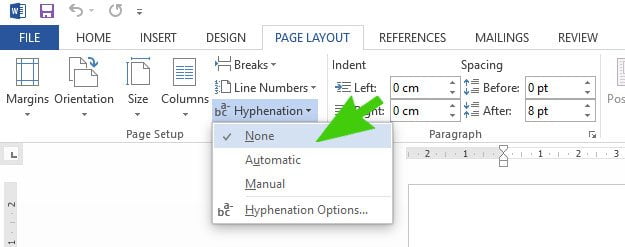

So I applied some of the knowledge I’ve learned recently about wildcard F/R to catch them all. Doing 20+ passes of F/R hoping to get most of the measurement units didn’t seem like a lot of fun. km) and then replacing them with a space followed by the measurement unit, there were a LOT of different units used and some, such as ‘m’ for meter, weren’t easy to catch using the normal F/R methods - either that, or I caught more than I wanted and ended up with two spaces in front of any word starting with ‘m’. While I could run several find and replace (F/R) passes looking for various measurement units (e.g.

Our house style follows the Australian Style Manual, which is to have a space between almost every value and its unit of measure (e.g. It worked like a charm! My colleague was super impressed and I learned something new - can’t ask for more than that!Ī document I edited the other day was peppered with hundreds of values followed immediately by the unit of measure (e.g. ^p in the Replace field replaces everything found (the tab followed by the page number followed by the paragraph mark) with a paragraph mark, effectively deleting the tab and page number(s).

#Configure auto hyphenation in word 2010 for a book code
Note: When using wildcards you can’t use the usual ^p for the paragraph marker - you MUST use ^13 (the control code for a carriage return). (^13) looks for the paragraph marker immediately following the page number.And the asterisk looks for any number of characters that are in the range of 0 to 9 (this finds all the one, two, three etc. The square brackets indicate a range - in this case any numeral from 0 to 9 will be found. (*)looks for any numeral of any length that follows immediately after the tab character.Because you are using wildcards, you need to surround the characters you want to find in parentheses.

(^t) looks for a tab character you MUST use a lower case t and precede it with the ^ (Shift+6).Click Find Next, then click Replace to test that it works fine.Note: There are NO spaces in this string, the t must be lower case, and there’s an asterisk ( *) immediately after bit. In the Find what field, type: (^t)(*)(^13).Open Word’s Find and Replace dialog box ( Ctrl+H).My first attempt only found the single digit page numbers and replaced them, so I tested a bit more to find a way to delete page numbers no matter what their length. But I needed to keep the tabs after the outline numbers.įind and replace wildcards to the rescue! What I wanted was a single command to get rid of the end tabs followed by the page number. I could manually delete these tabs and page numbers, but that was going to get very tedious very quickly. As the plain text version of the 18 chapter TOCs came to well over 12 pages (!), there were several hundred lines, one for each TOC entry. That preserved the outline numbering, followed by a tab, then the heading title, but it also added a tab after the heading title and the page number, neither of which were required. I copied each table of contents and pasted it as plain text into a new document. She only wanted the outline numbering and the heading titles, down to three TOC levels. One of my colleagues wanted me to grab all the tables of contents (TOCs) out of 18 separate chapters of a really long report and put them in a single document that she could share with the stakeholders.


 0 kommentar(er)
0 kommentar(er)
